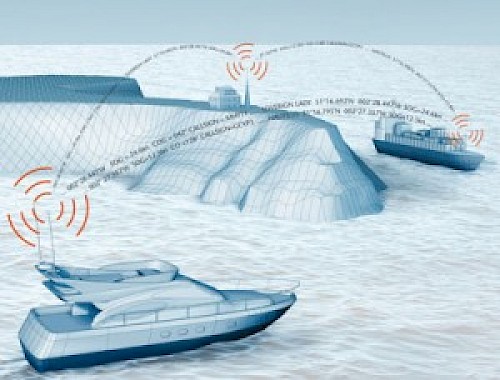
Ocean Crossing Equipment: added safety for long-distance trips
Anyone considering a long-distance trip, be it offshore or to remote areas, should certainly be thinking carefully about safety. While the costs of high quality equipment can be intimidating, the following devices can help keep you out of danger.
AIS AIS stands for Automatic Identification System. Commercial vessels carry AIS transponders that both receive and send information. A common unit for recreational vessels is an AIS receiver, and while the big ships don't receive any information about you, you can track them and avoid surprises around coastal corners. AIS information includes vessel name, call sign, vessel size, and navigation data such as the destination port, present location, course, and speed. In order to function, the AIS needs a properly installed AIS antenna to receive data and GPS location information for the transponder.
Radar Radar is useful not only to accurately determine distances to land, but it can also spot freighter traffic and incoming squall lines. While in freighter territory, be careful to watch for tug lines that are too small to show up on the radar. Traffic can be tracked on the screen to determine which vessels might be connected, as tug lines can be up to a few kilometres long. Running into a tug line would quickly put an end to a vacation and possibly your life.
Autopilot For a vessel with a small crew, an autopilot becomes critical. Autopilots can be electrical, using compass heading information, or mechanical, using wind direction. Electrical versions may use a hydraulic pump system to turn the rudder or may have a belt attached to the wheel. The mechanical versions, such as the Monitor Windvane, are used by small to midsized sailboats and have the advantage of providing strength and accuracy in heavy seas -- a situation where an electrical autopilot may not suffice.
Related Content

























